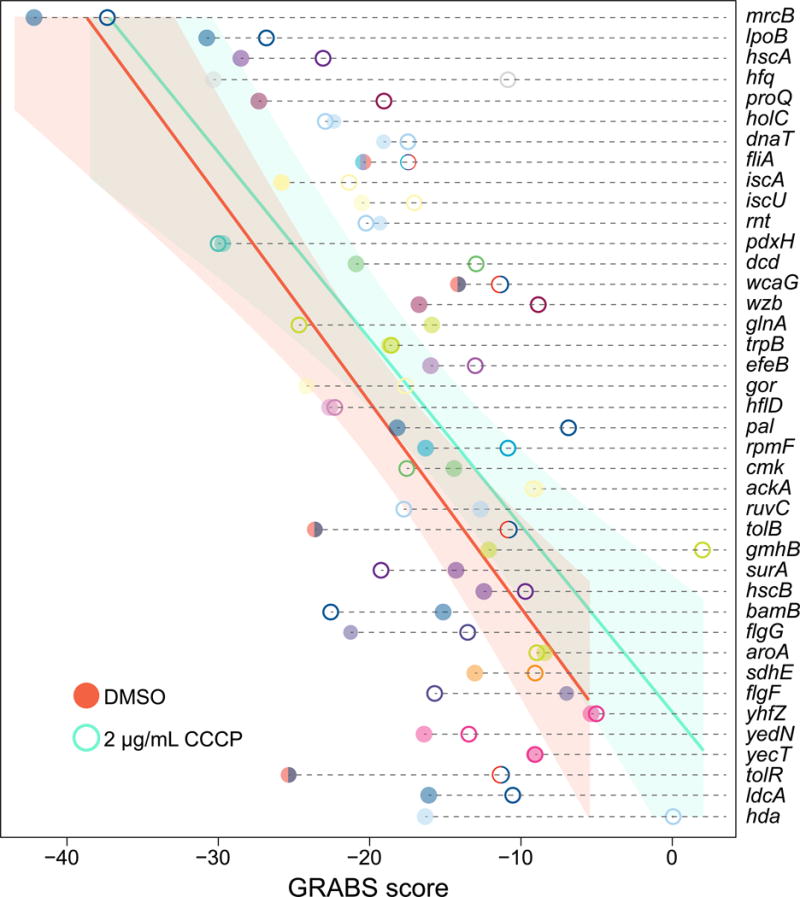Figure 4. GRABS analysis of cell-wall synthesis mutants relates biochemical activities in vitro to changes in embedded growth in vivo.

A) Crystal structure of PBP1b (PDB ID: 3VMA) highlighting residues used for mutational analysis via GRABS. N-terminal trans-membrane α-helix, residues 64–87 (orange); UvrB Domain 2 Homolog (UB2H) domain, residues 109–200 (gold); glycosyltransferase (GT) domain, residues 203–367 (green); transpeptidase (TP) domain, residues 444–736 (pink). Other residues are colored in black. Inset: mutated residues in the UB2H domain.
B) OD at t = 8 h of agarose-embedded E. coli BW25113 cells and ΔmrcB cells expressing various mrcB alleles in trans. WT, wild-type. Error bars represent one standard deviation above and below the mean. * indicates a point mutation in the corresponding domain of PBP1b (UB2H, glycosyltransferase (GT), and transpeptidase (TP)). n ≥ 5 independent experiments.
C) Growth curves of agarose-embedded ΔlpoB cells and cells harboring mutations in the 6UB2H domain, E233Q (glycosyltransferase), and S510A (transpeptidase) of mrcB. Shaded regions represent one standard deviation above and below mean growth curves. * indicates a point mutation in the corresponding domain of mrcB. n ≥ 5 independent experiments.
